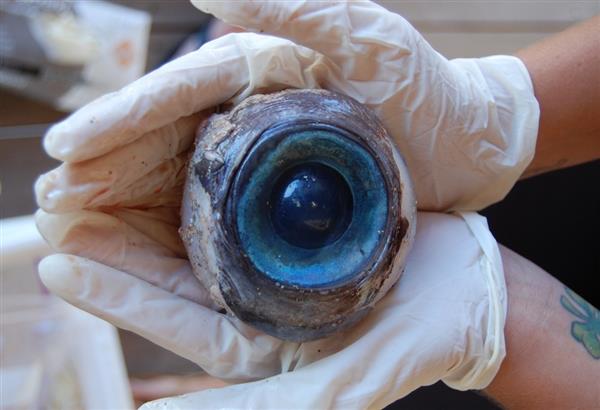
It was a darker episode that Niland believes was pivotal. It was by no means flash,” recalled Niland. “She would fillet it, and dust it in flour and pan fry it in canola spray. His mother, who worked in his father’s accountancy business, would take the kids down to the local river to catch a flathead or a mullet, bring it home and wash it under the garden tap. He grew up in the Hunter Valley, famous for its wines, a couple of hours’ drive north of Sydney.

Niland’s love of fish has more conventional roots. It’s a radical approach for an – until recently – unknown chef, although his Instagram account with photographs of fish, including cutlets that look spookily like pork chops, now has nearly 100,000 followers. “The accepted wisdom is that only 40 per cent of a regular white fish is used – the rest, more often than not, will go in the bin,” he explained to me in a call from his home in Sydney, where he was juggling the telephone call with looking after his children.

Just as Fergus Henderson has made us appreciate more obscure cuts of the animal with his “Nose to Tail” philosophy, so Niland wants us to recognise that a fish is more than a couple of fillets. These rules, reckons Niland, are about as useful as a moped for a mullet.Ībove all, The Whole Fish Cookbook is a plea to think about fish in the same way as you might meat. His mantra? Forget everything you thought you knew about fish, such as eating it the day you catch it, storing it on ice, and rinsing it in water. It’s just part of the piscine revolution described in his intriguing new book, The Whole Fish Cookbook.

Would you eat a fish eyeball? Australian chef Josh Niland reckons we’d enjoy it, provided it was turned into a crisp – or chip, as they call it Down Under.


 0 kommentar(er)
0 kommentar(er)
